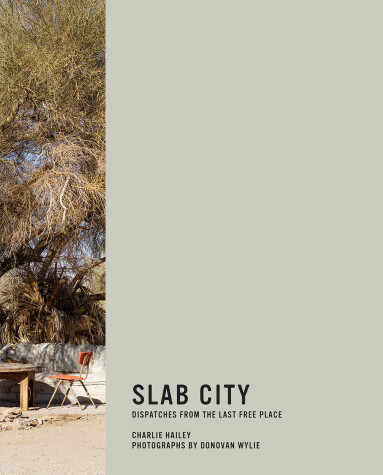The MIT Press
2 total works
What is a camp? In August 2005, television news showed viewers an estimated 20,000 Katrina evacuees camped out in the Superdome, Cindy Sheehan protesting the Iraq War on President Bush's doorstep in "Camp Casey," Texas, and Israeli and Palestinian young people at the Seeds of Peace Camp in Maine discussing the evacuation of settlement camps in the Gaza Strip. Meanwhile, off camera, summer campers all over America packed up their gear, preparing to depart Scout camps, computer camps, and sports camps, and millions of recreational vehicles owners were on the road, permanent itinerant campers. In Camps, Charlie Hailey examines the space and idea of camp as a defining dimension of 21st-century life.
The ubiquity and diversity of camps calls for a guidebook. This is what Hailey offers, but it is no ordinary one. Not only does he establish a typology of camps, but he also embeds within his narrative a key to camp ideology. Thus we see how camp spaces are informed by politics and transform the ways we think about and make built environments. Hailey describes camps of diverse regions, purposes, and forms, and navigates the inherent paradoxes of zones that are neither temporary nor permanent: camps of choice, including summer camps, protest camps, drift camps (research stations on Arctic ice floes), and LTVA (Long-Term Visitor Area) Camps; strategic camps regulated by power—boot camps, GTMO (the detention camp at Guantánamo Bay), immigrant camps, and others;—and transient spaces of relief and assistance, among them refugee camps, FEMA City, work camps, and Gypsy camps. More than 150 diagrams, sketches, building and site plans, photographs, political cartoons, video game screenshots, aerial and satellite images, and maps illustrate camp space in unprecedented complexity and variety.
Today camps are at the center of emerging questions of identity, residency, safety, and mobility. Camp spaces register the struggles, emergencies, and possibilities of global existence as no other space does.
An architect and a photographer explore a community of squatters, artists, snowbirds, migrants, and survivalists inhabiting a former military base in the California desert.
Under the unforgiving sun of southern California's Colorado Desert lies Slab City, a community of squatters, artists, snowbirds, migrants, survivalists, and homeless people. Called by some "the last free place" and by others "an enclave of anarchy," Slab City is also the end of the road for many. Without official electricity, running water, sewers, or trash pickup, Slab City dwellers also live without law enforcement, taxation, or administration. Built on the concrete slabs of Camp Dunlap, an abandoned Marine training base, the settlement maintains its off-grid aspirations within the site's residual military perimeters and gridded street layout; off-grid is really in-grid. In this book, architect Charlie Hailey and photographer Donovan Wylie explore the contradictions of Slab City.
In a series of insightful texts and striking color photographs, Hailey and Wylie capture the texture of life in Slab City. They show us Slab Mart, a conflation of rubbish heap and recycling center; signs that declare Welcome to Slab City, T'ai Chi on the Slabs Every morning, and Don't fuck around; RVs in conditions ranging from luxuriously roadworthy to immobile; shelters cloaked in pallets and palm fronds; and the alarmingly opaque water of the hot springs.
At Camp Dunlap in the 1940s, Marines learned how to fight a war. In Slab City, civilians resort to their own wartime survival tactics. Is the current encampment an outpost of freedom, a new "city on a hill" built by the self-chosen, an inversion of Manifest Destiny, or is it a last vestige of freedom, tended by society's dispossessed? Officially, it is a town that doesn't exist.
Research for this project was supported by the Graham Foundation for Advanced Studies in the Fine Arts.

